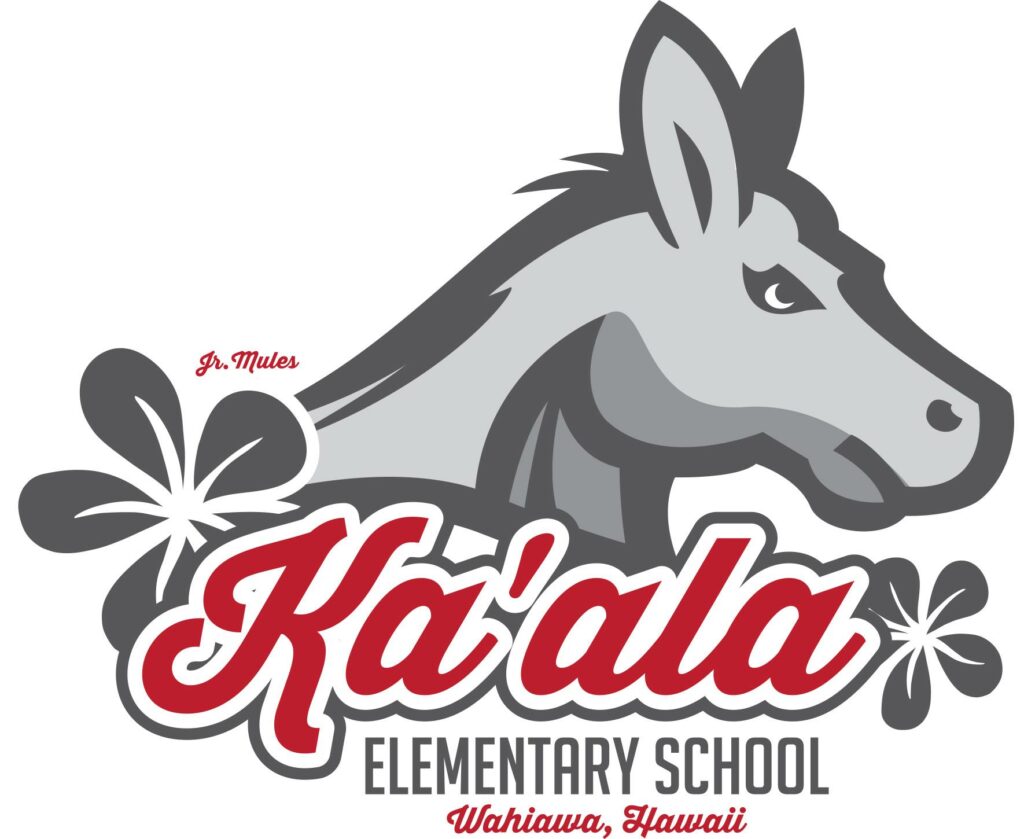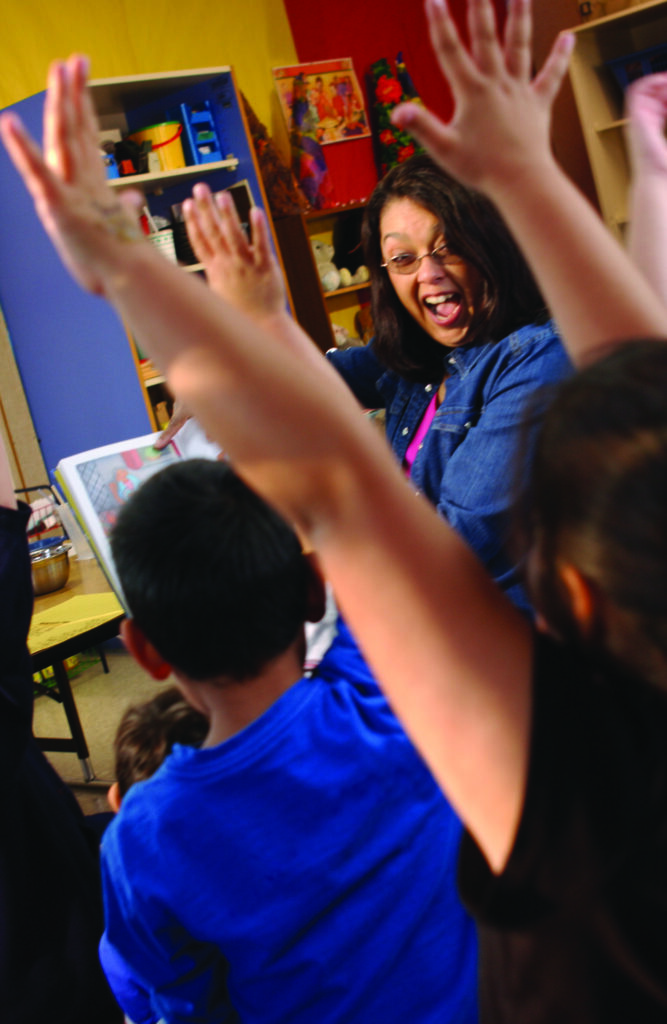
In this spotlight interview, we hear from third-grade teacher Holly Robbins of Ka’ala Elementary in Oahu. Holly received the Being a Reader™ program through a Collaborative Classroom Teacher Scholarship.
Reflecting on Being a Reader, Holly says: “The biggest change that I have seen in my students is their ability to think deeply about their reading. It is so exciting to see my students who are typically struggling be able to share their ideas with their peers.”
Tell us a little about yourself, Ka’ala Elementary School, and the students that you serve.
I have spent most of my 23+ years of teaching experience working in high-poverty, high-trauma, multicultural communities.
I am currently in a rural community in Central Oahu. At Ka’ala Elementary School, we serve students from many different backgrounds who speak many different languages. The varying cultures are what makes Hawaii so unique, but it also comes with challenges in the classroom.
Many of our students have delayed oral language development. This can be particularly difficult when planning reading instruction because students who can’t speak are typically students who can’t read or write. (Typically, not always!)
What is the most rewarding part of being an educator for you? What do you especially enjoy about your current role?
The most rewarding part of my job is when students who have not previously found happiness or success in school, get to experience success or joy in learning.
The most rewarding part of my job is when students who have not previously found happiness or success in school, get to experience success or joy in learning.
How did you know about Being a Reader? I understand you were able to bring the program to your Ka’ala classroom through a Collaborative Classroom Teacher Scholarship.
Many years ago, I was lucky enough to work at Grand Avenue Primary Learning Center in Orlando, Florida, and we spent some time implementing Making Meaning, Being a Writer, and SIPPS, which was wonderful! Then we got the opportunity to pilot Being a Reader when it was being developed.
Now, years later, I live in Hawaii, where I was lucky enough to receive a scholarship to bring Being a Reader into my 3rd-grade inclusion room.
Tell us a little about getting started with the program.
This is my first year using the complete program, and it has been a learning process. Once we got going with the routines, which we started on day 1, it just became part of our learning day.
Having access to all of the instructional videos was helpful during those beginning weeks. The Implementation Guide was my best friend as I was getting started and planning out how to use the materials.
What are you noticing as your implementation has grown? As a teacher, what do you appreciate about the program?
Now that we have been using Being a Reader for the past few months, our routines are in place and the students have become much more independent with their work.
One thing that I appreciate about Being a Reader is the Week-At-A-Glance pages. They are so helpful as I am planning out a unit and when I am looking forward to our upcoming weeks. I can see the academic and social focuses of every lesson. The Do Ahead pages are also extremely helpful! It is one spot that I can use to ensure that I have all of the correct materials prepared for the week–what a time saver!
What have you noticed about your students’ learning?
The biggest change that I have seen in my students is their ability to think deeply about their reading. It is so exciting to see my students who are typically struggling be able to share their ideas with their peers!
It is so exciting to see my students who are typically struggling be able to share their ideas with their peers!
Students who experienced distance learning because of COVID-19 have been struggling with foundational skills, and the structure of Being a Reader makes it possible to both teach grade-level standards and differentiate for every learner.
How has Being a Reader shifted your teaching practices?
Being a Reader has allowed me to witness the benefit of careful planning; multifaceted, engaging lessons; and inclusive practices that allow all students to work to their potential. Being a Reader is not a curriculum that is just like the others but in different packaging.
This is a different way of teaching reading. It takes all of the most important parts of high-quality, science-based instruction and organizes it in a way that makes it possible for all teachers to facilitate the learning of ALL learners.

What thoughts or insights would you share with a school or district that is considering Being a Reader?
I would HIGHLY recommend that any schools or districts considering this curriculum simply observe a lesson. Seeing it in action is a powerful thing. This is not a curriculum that looks amazing in theory, but in reality, teachers are thinking, “But that won’t work on my kids.” This is something that works for ALL kids.
I have used a lot of different resources for my career, and this is by far the most comprehensive. It may not be the most widely known, but it is worth investigating. It is such an amazing tool for helping teachers meet the various needs of students! I never want to go back to anything else!
***
Related:
Learn about the Teacher Scholarship Program.
Read another blog: How Amplifying the Curriculum Supports Multilingual Learners
Read another Spotlight blog: Bel Aire Park Magnet School: A Partnership in Teaching and Learning
Learn more about Being a Reader.
